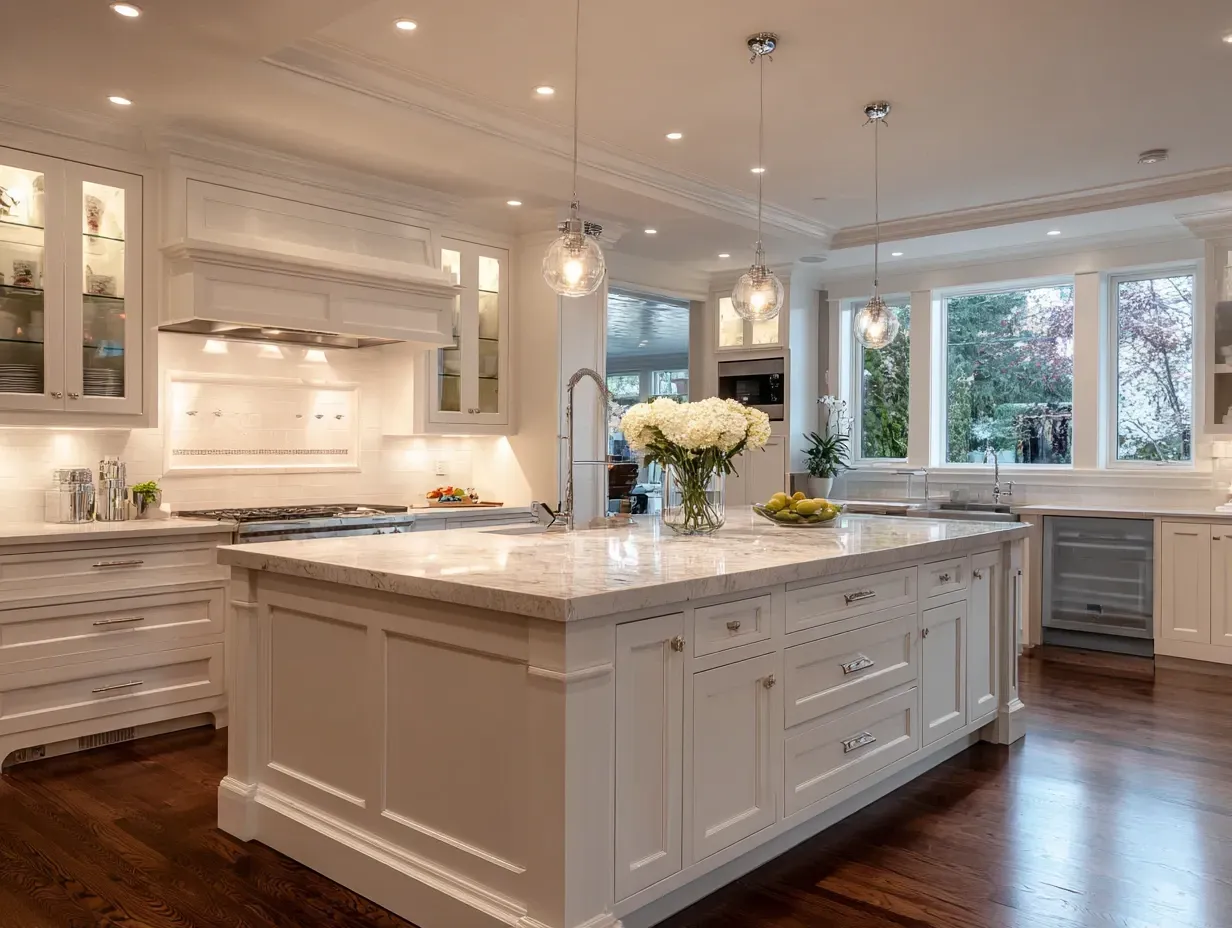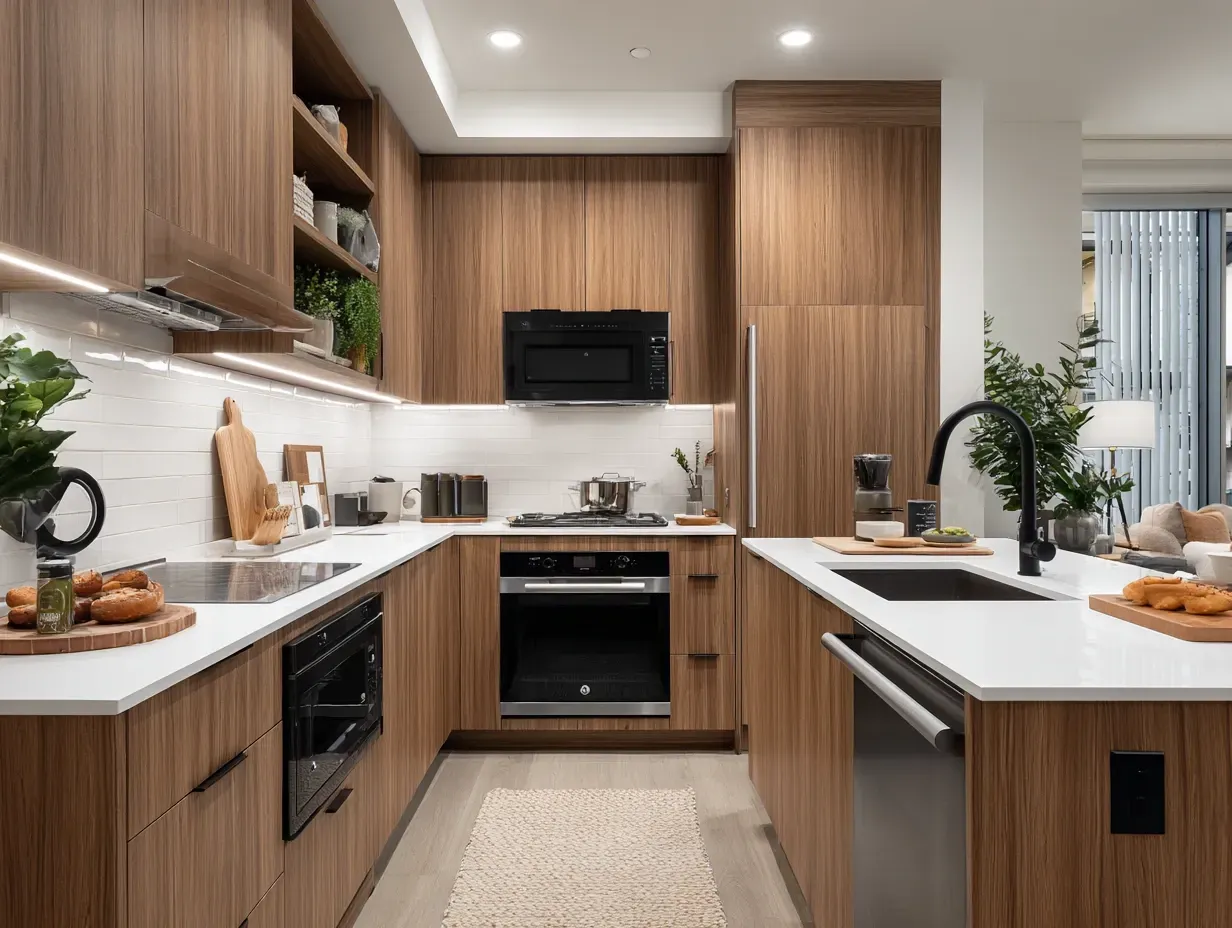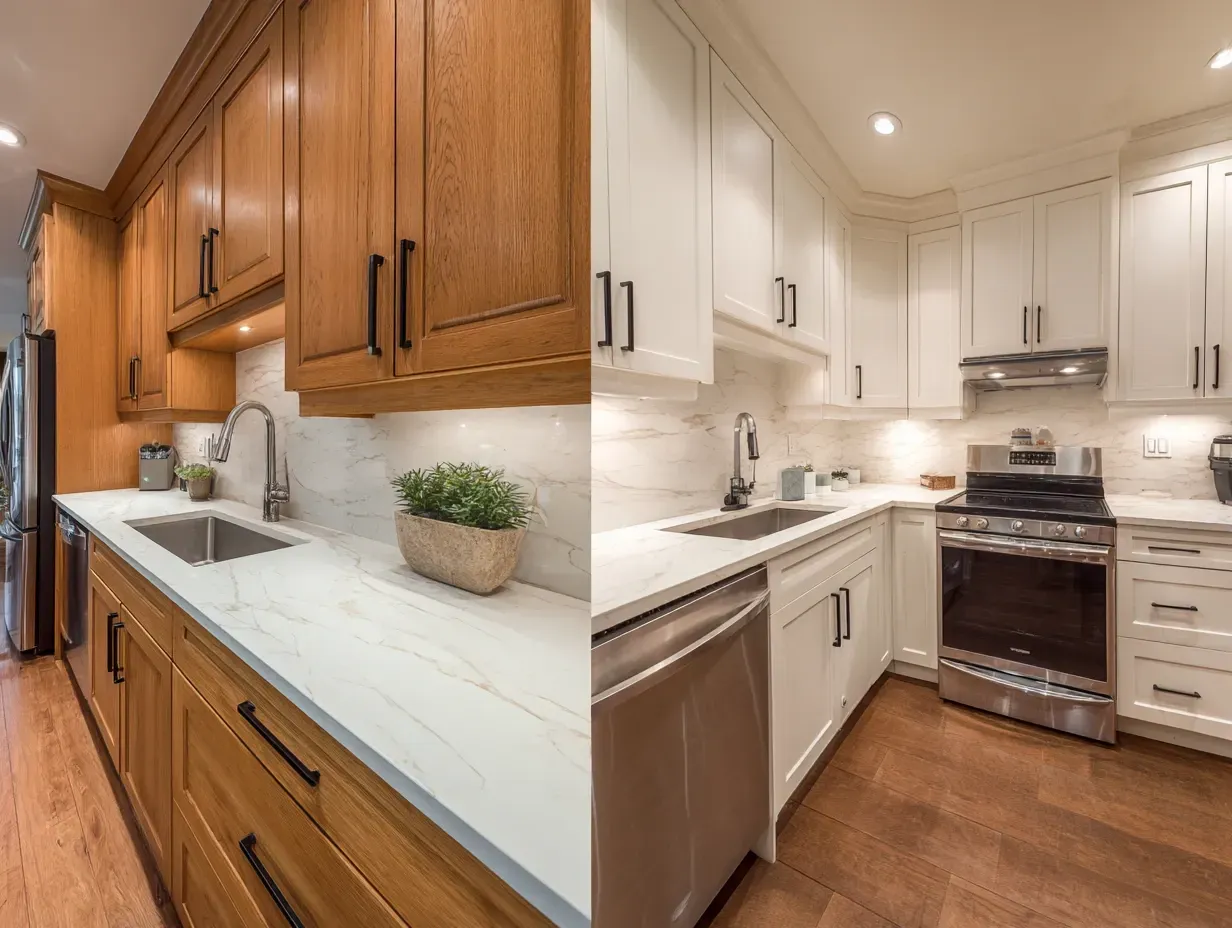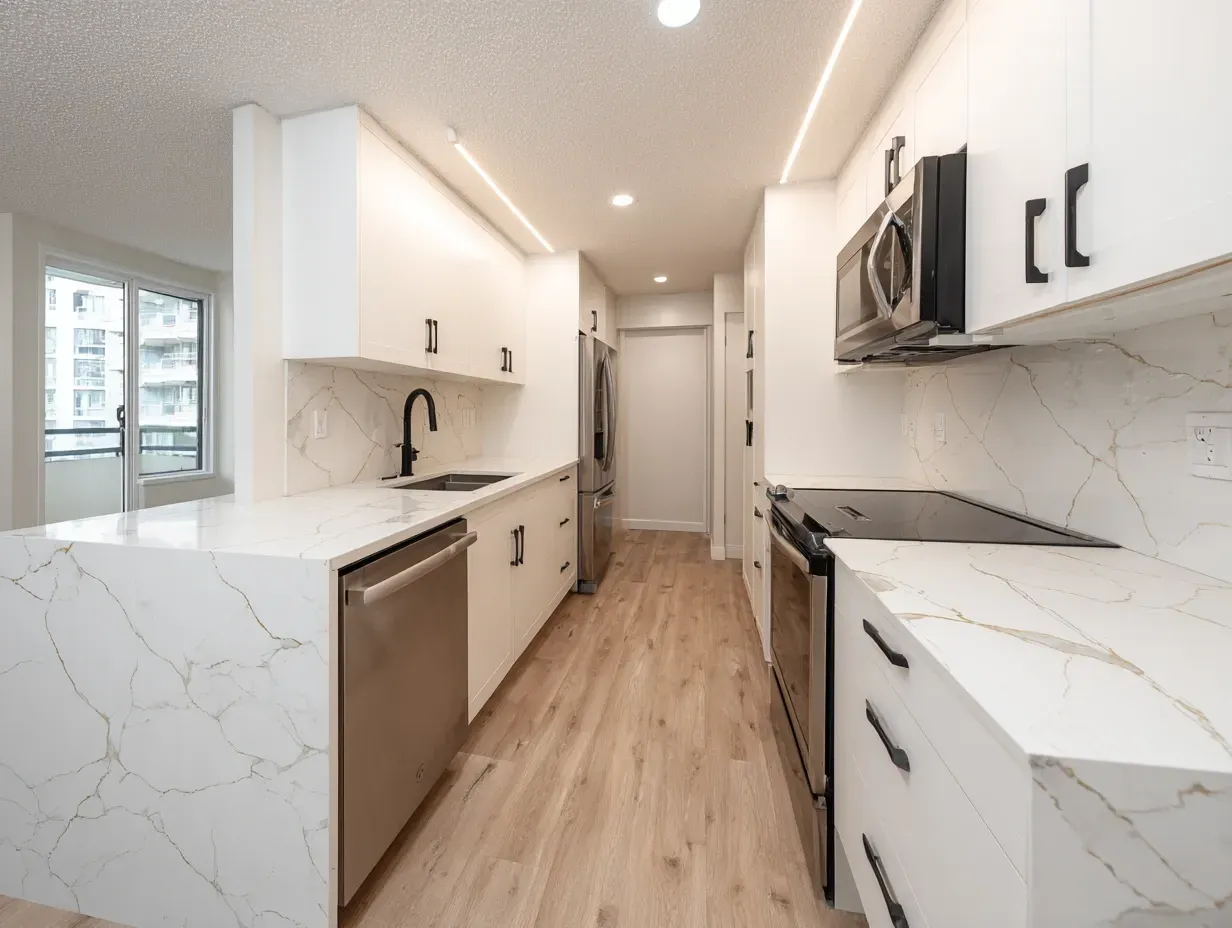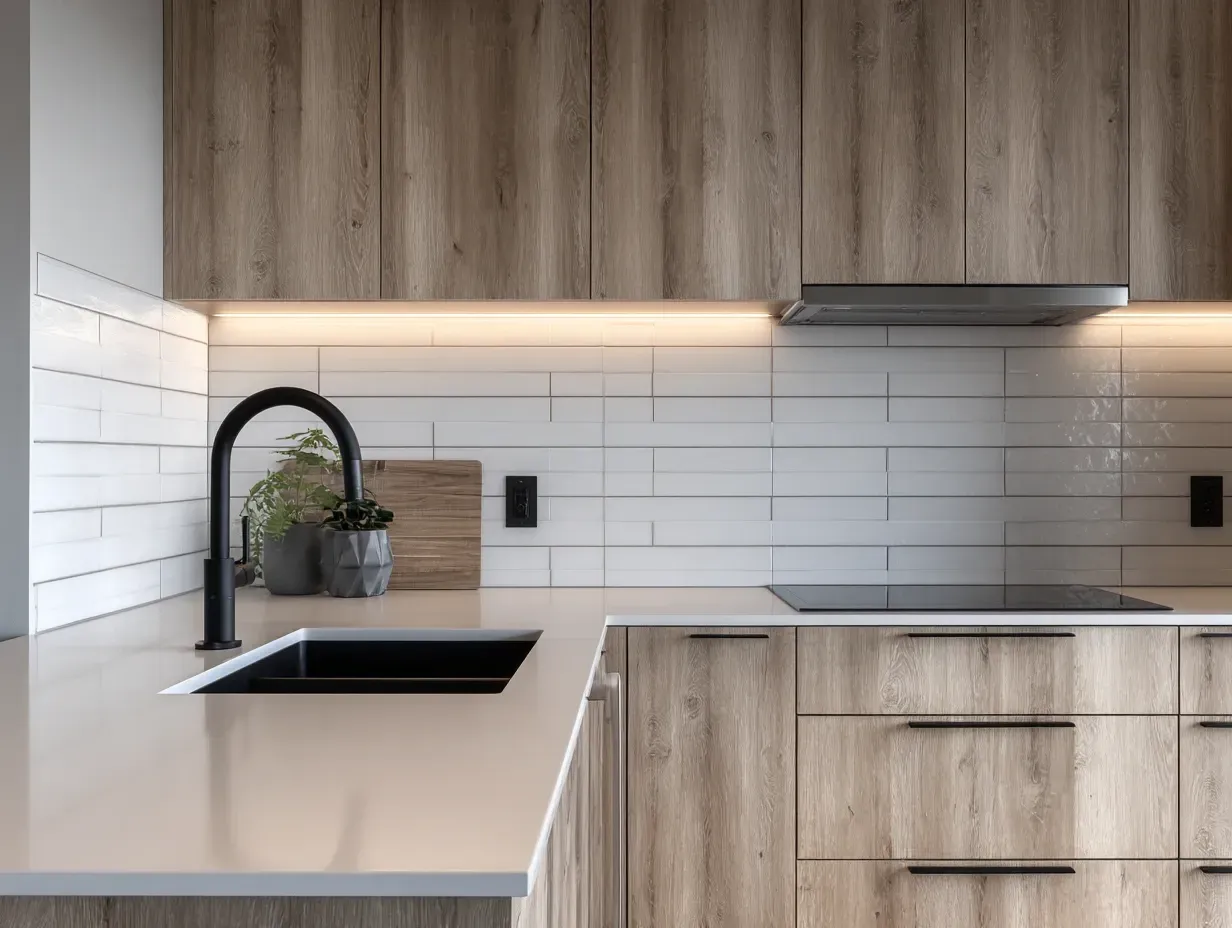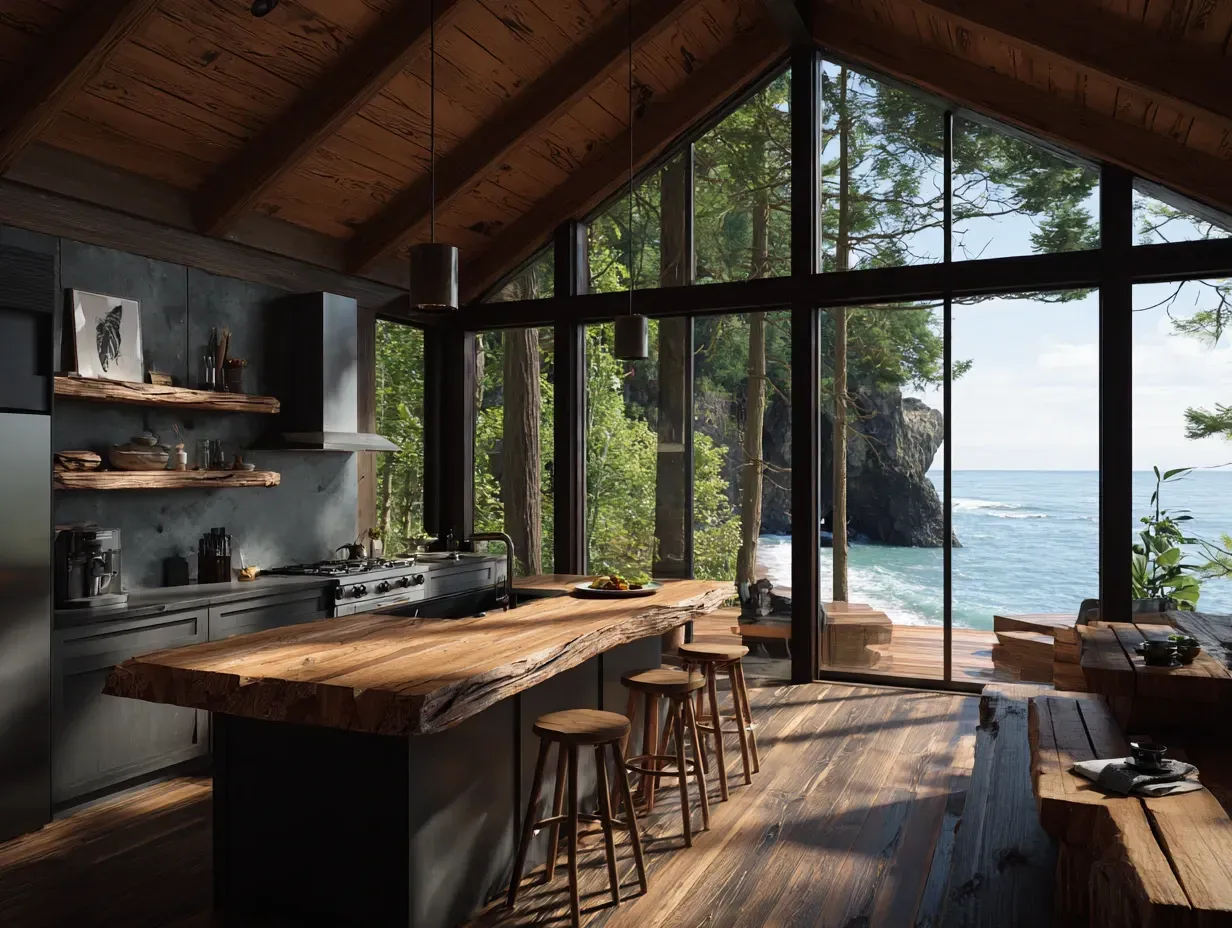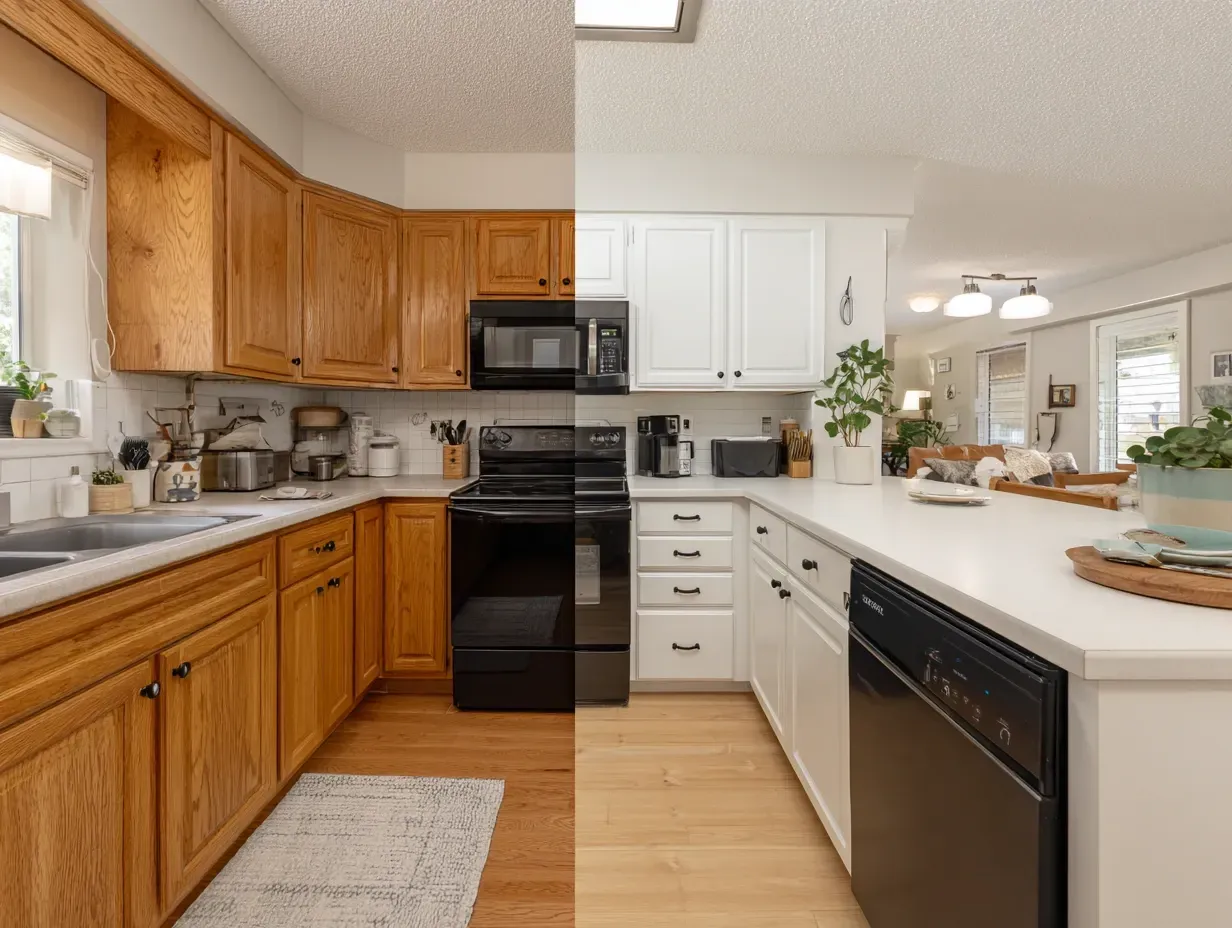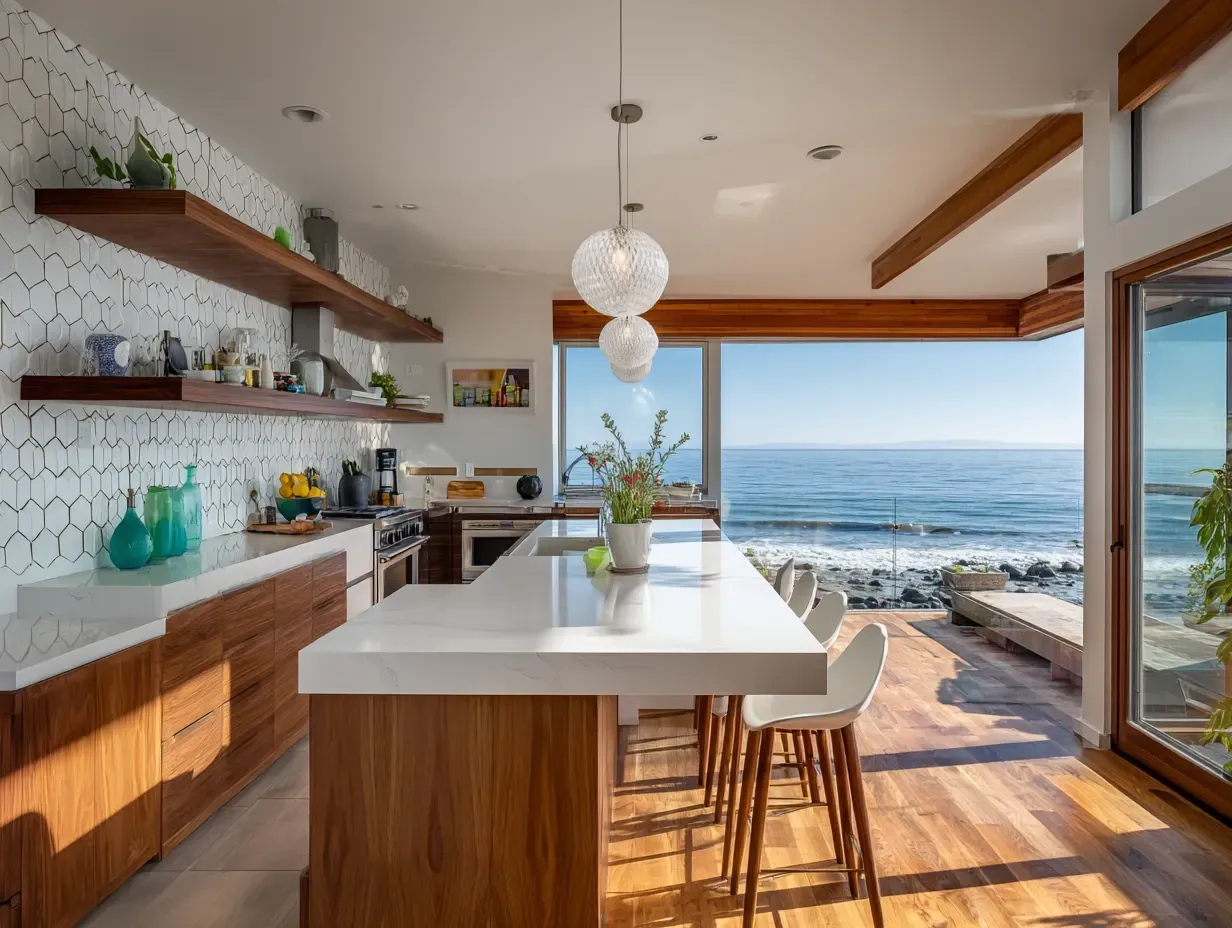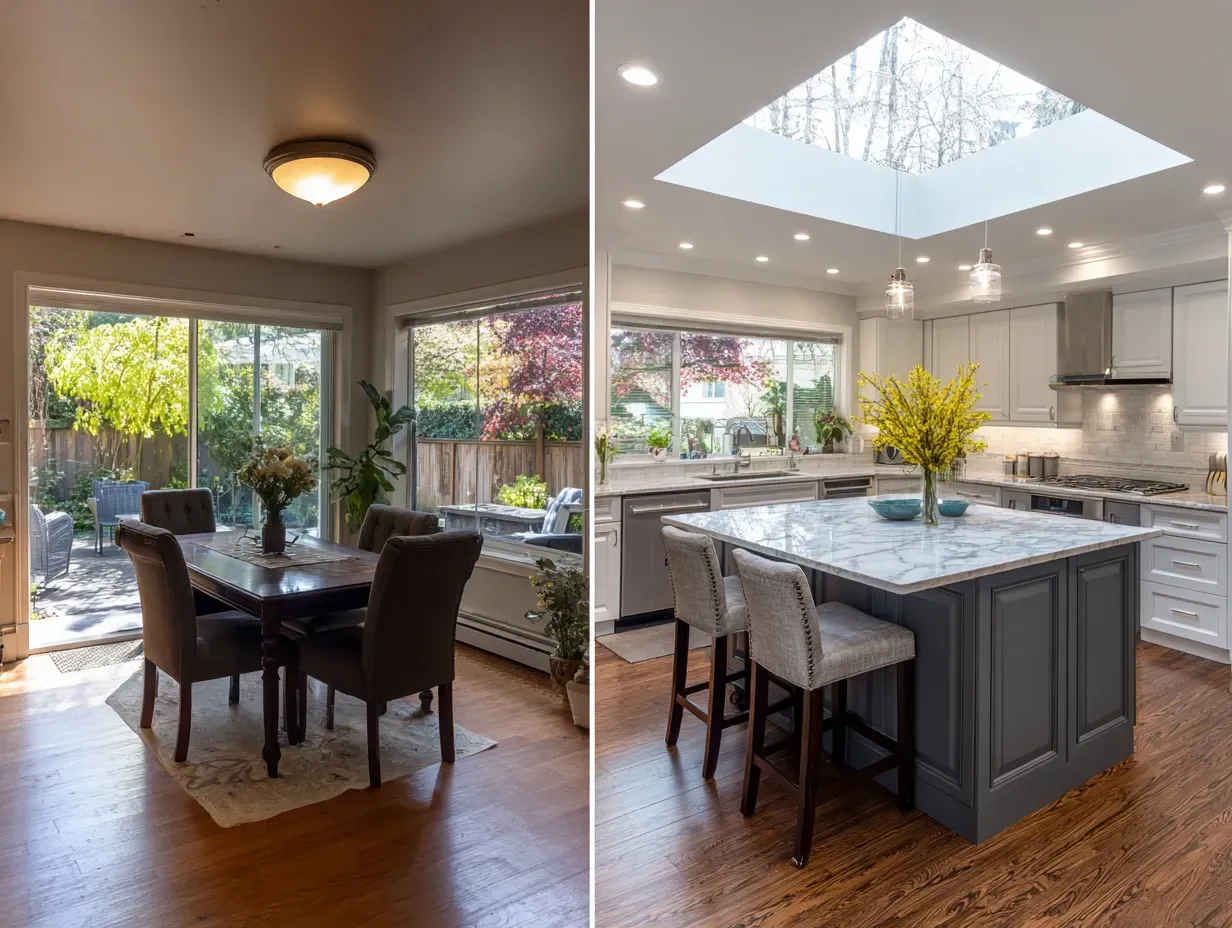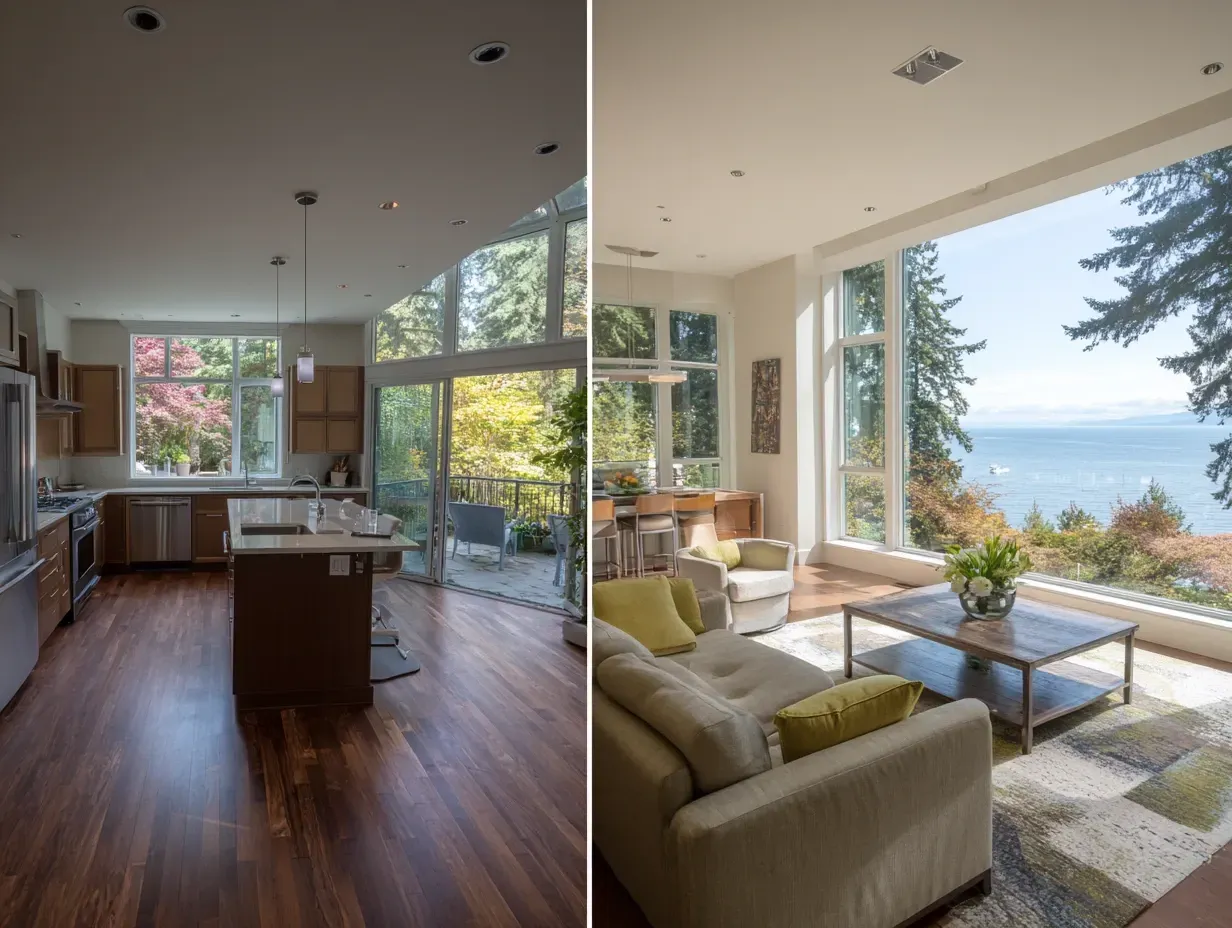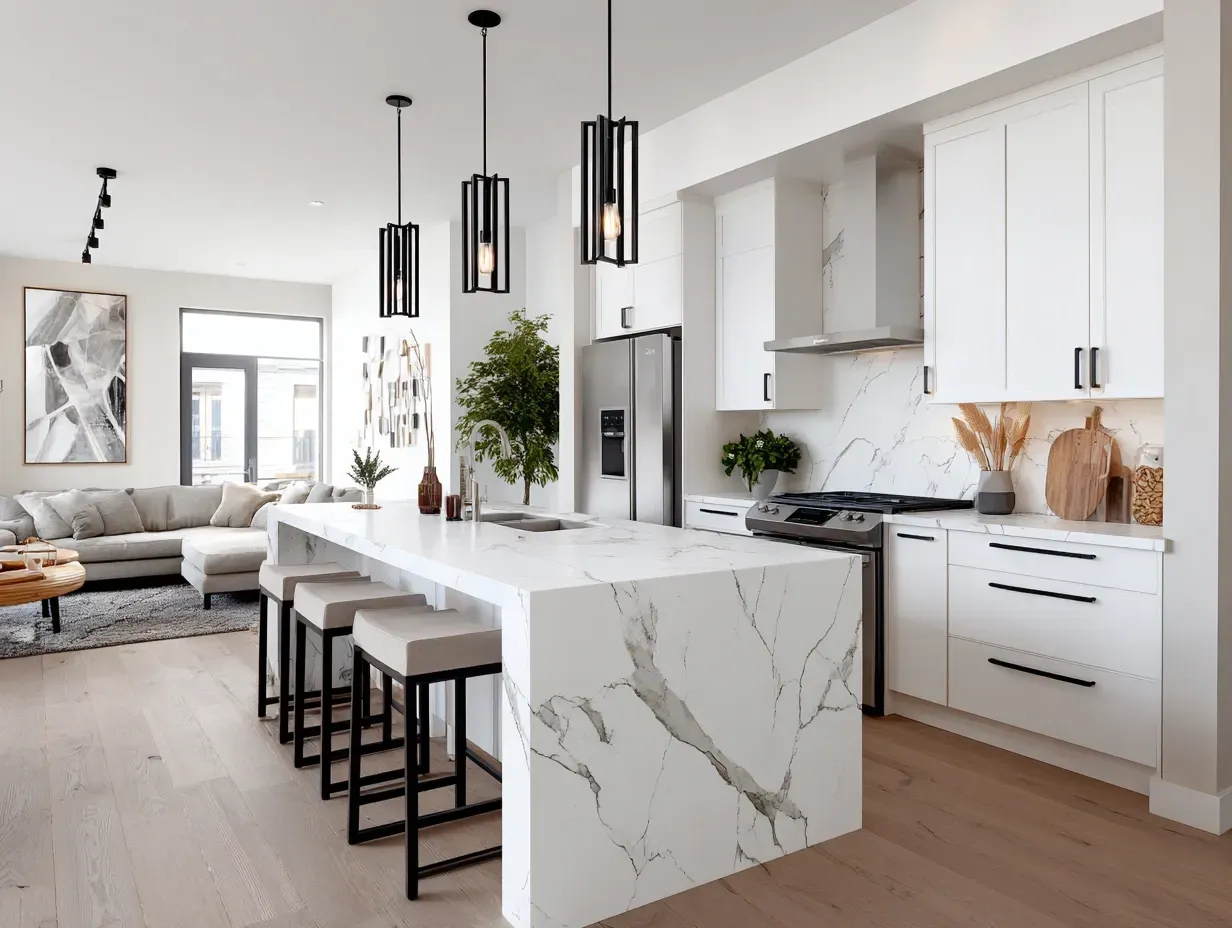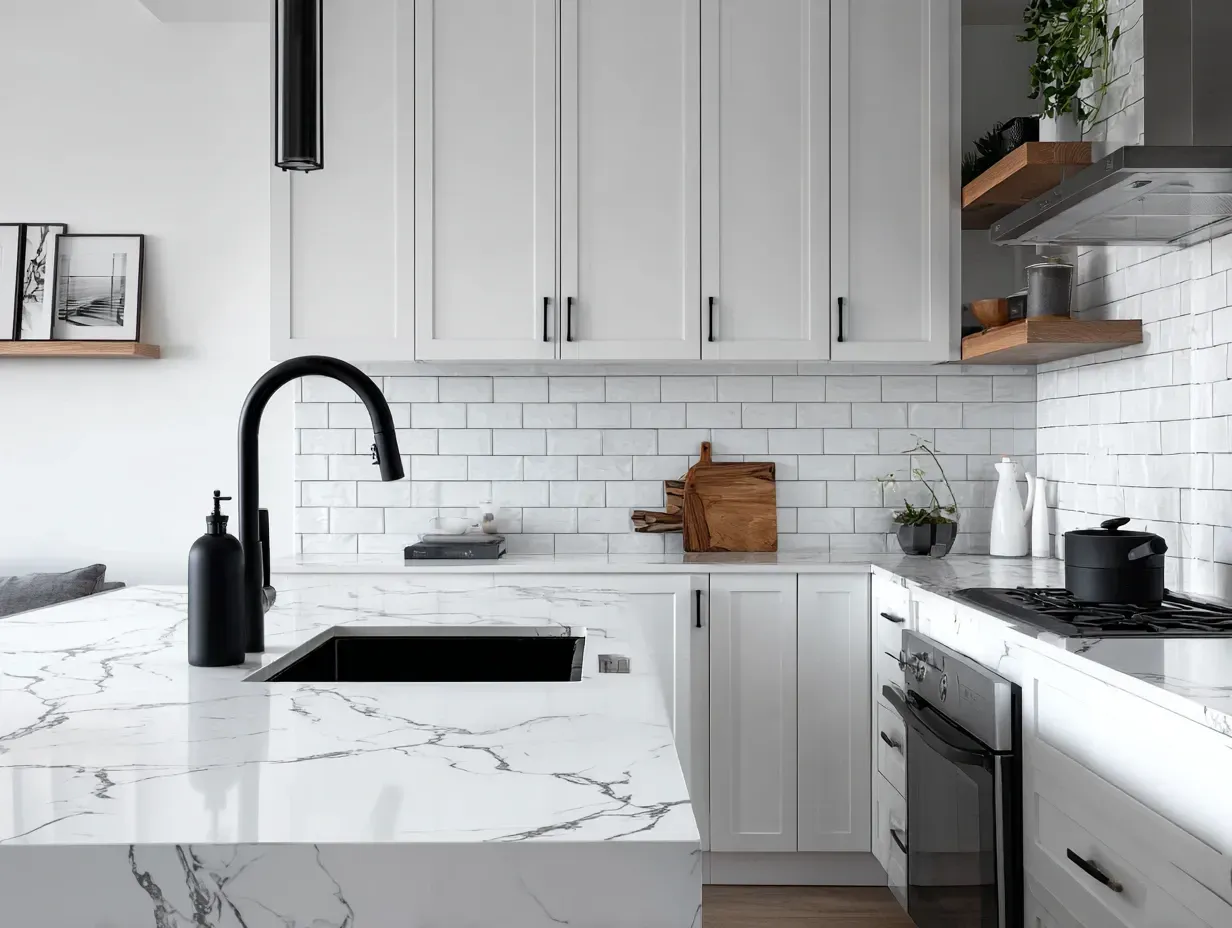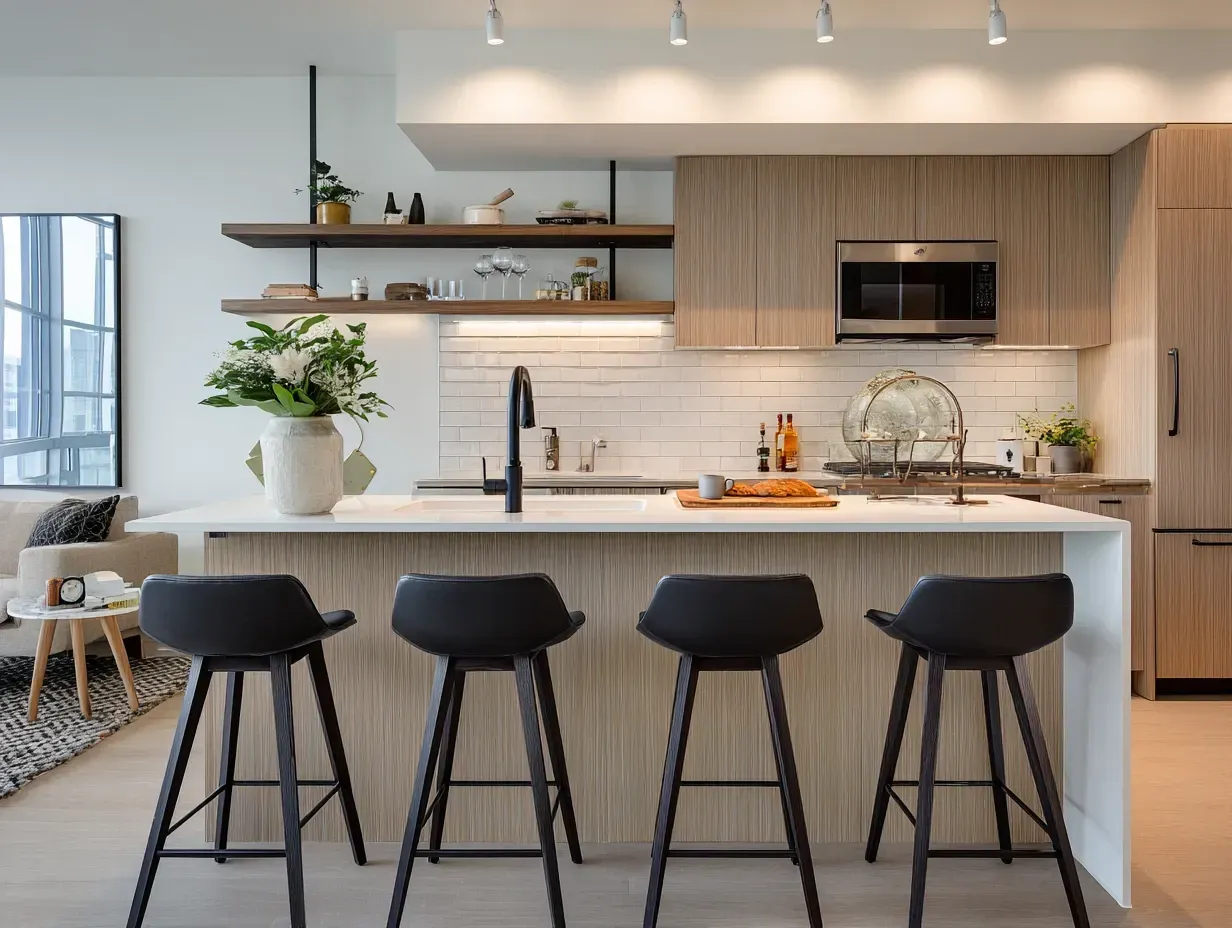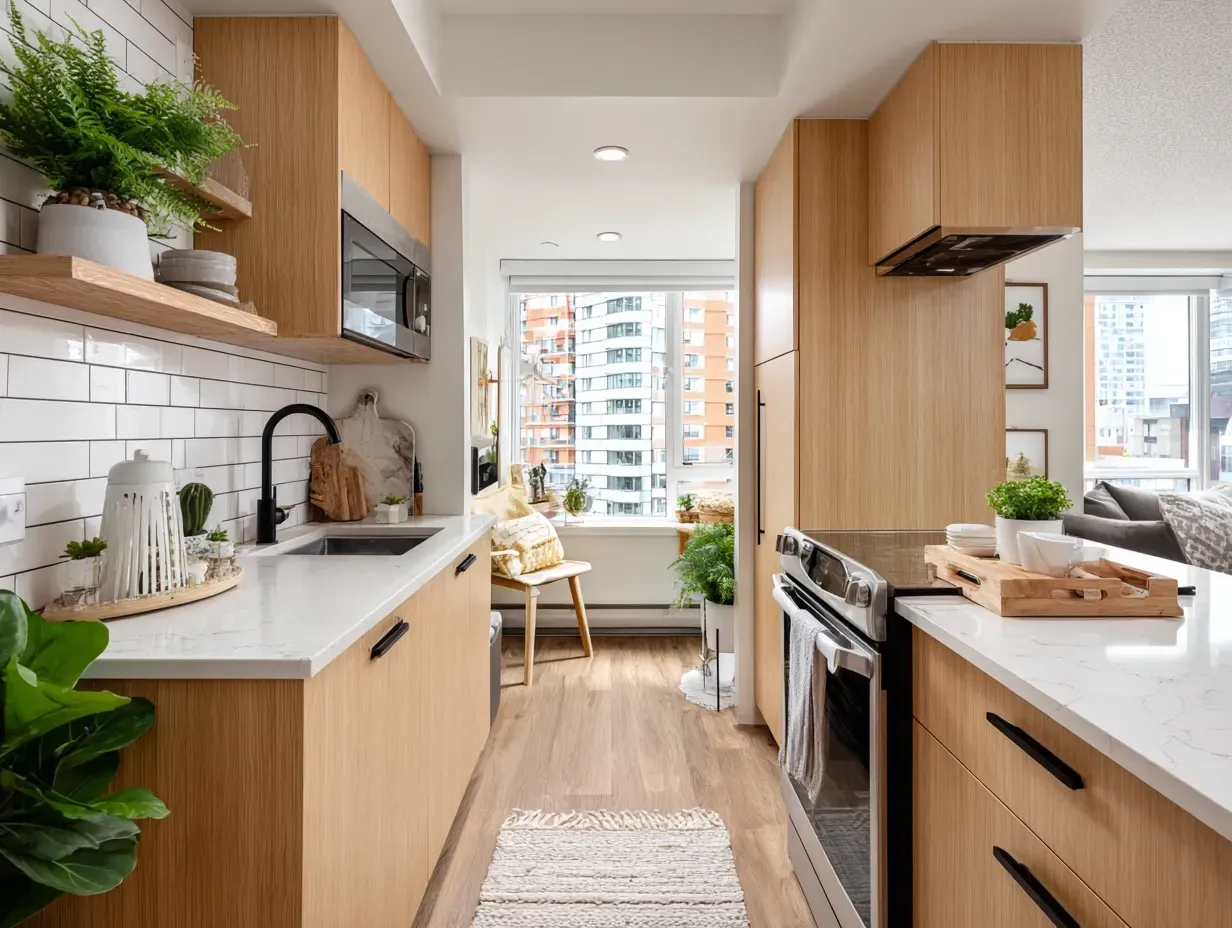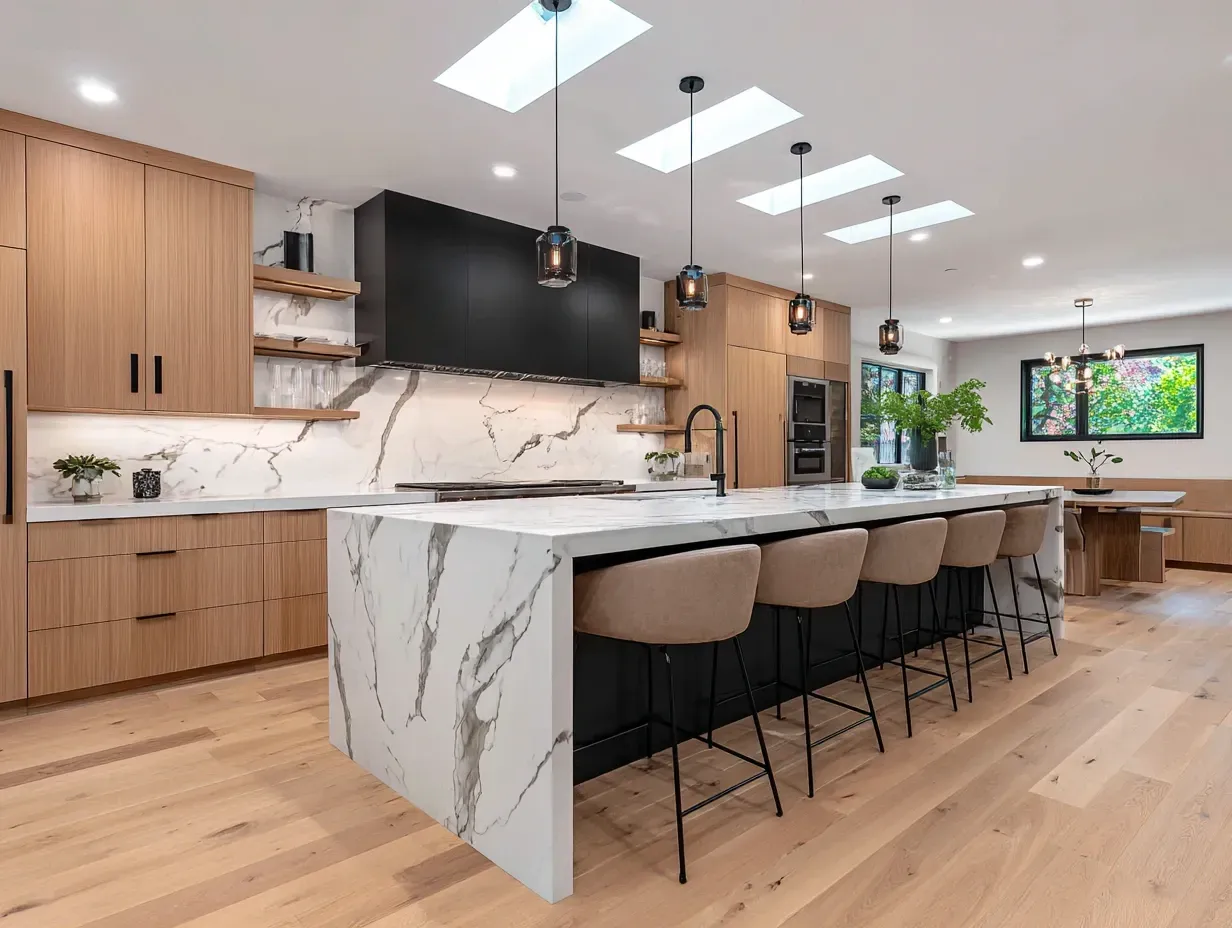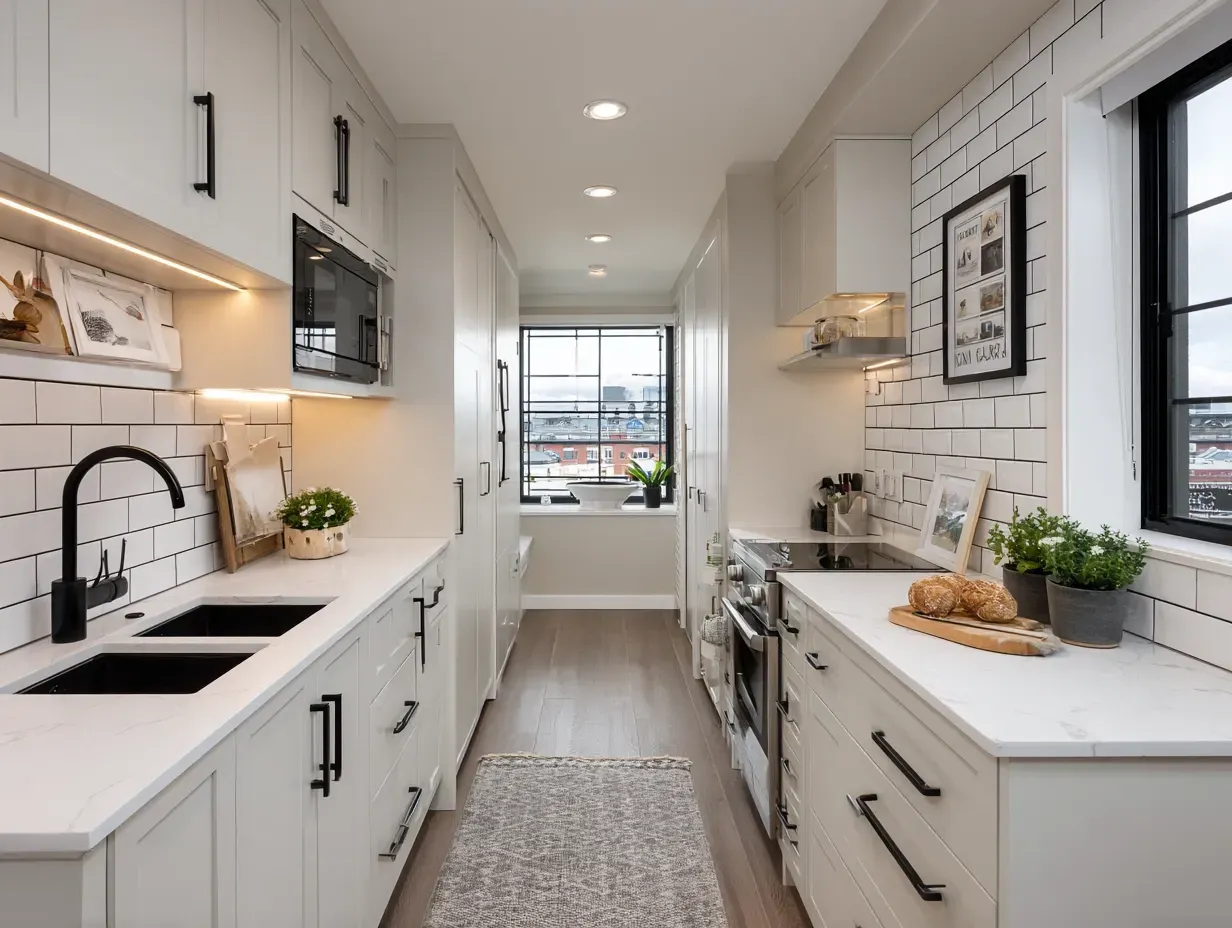Kitchen Renovation vs Kitchen Remodel: What’s the Difference?
Kitchen Renovation vs. Kitchen Remodel: Decoding the Terms to Define Your Project
In the vibrant and often complex world of home improvement, particularly within a dynamic market like Vancouver, clear communication is the cornerstone of a successful project.
You’ve decided to transform your kitchen—the undisputed heart of your home—but as you begin your research and start conversations with designers and contractors, you’ll encounter two words used so interchangeably they seem to mean the same thing: "renovation" and "remodel."
While they both lead to a beautiful, updated kitchen, they describe two vastly different journeys in terms of scope, process, cost, and disruption. Understanding the fundamental distinction between them is not just a matter of semantics; it is the most critical first step you can take.
It will shape your budget, define your timeline, and ultimately determine the very nature of the project you are about to undertake.
This guide will delve deep into the definitions, processes, and implications of both, empowering you to choose the right path for your home, your family, and your financial investment.
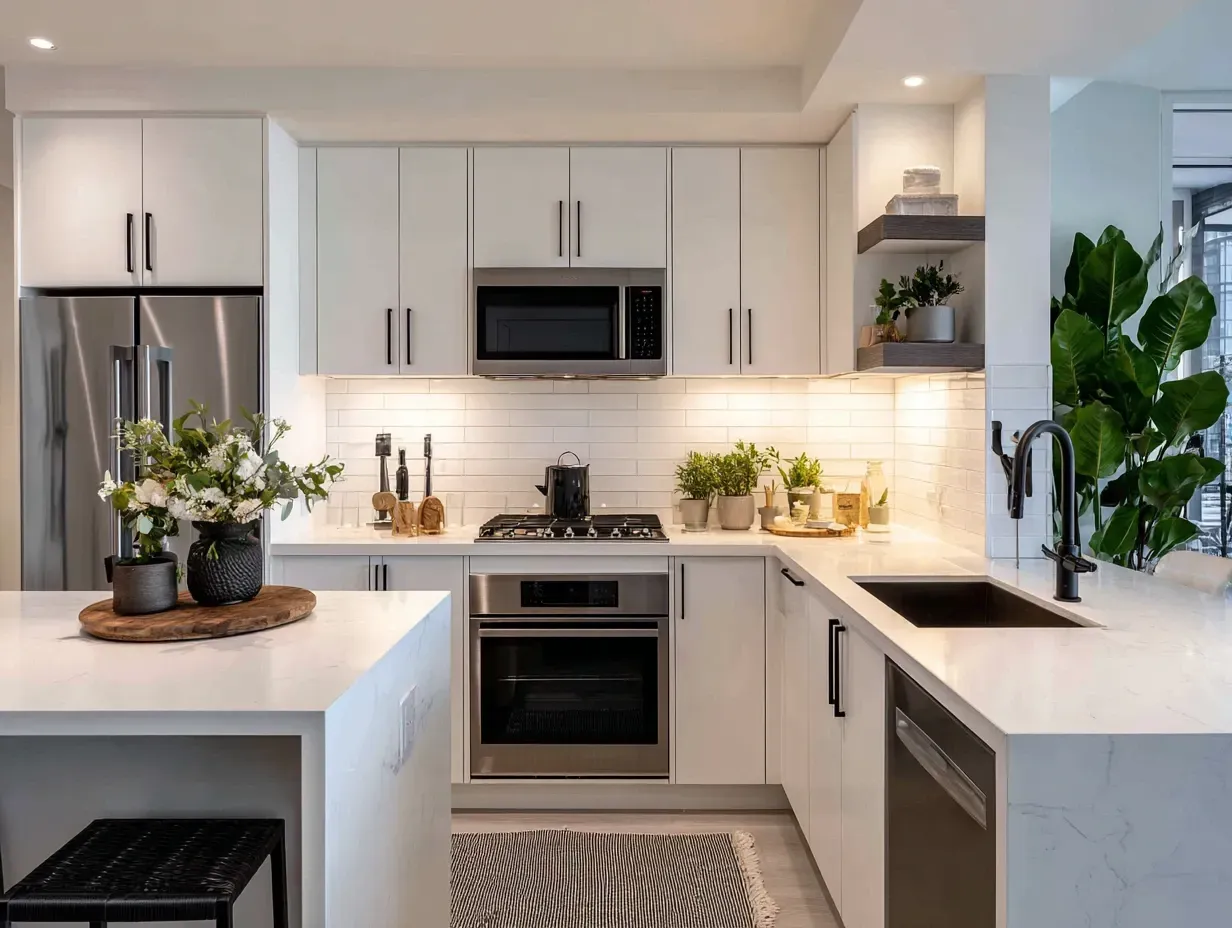
The Art of the Refresh: Understanding the Kitchen Renovation
The term "renovation" has its roots in the Latin word renovare, which means "to make new again." This is the perfect lens through which to view this type of project.
A kitchen renovation is, at its core, a large-scale aesthetic and functional refresh. It’s about taking the existing structure, layout, and "bones" of your kitchen and breathing new, vibrant life into them.
Think of it as a masterful facelift, not reconstructive surgery. The primary goal is to update and restore what is already there, dramatically improving the look and feel of the space without altering its fundamental footprint.
What a Renovation Truly Entails
The defining characteristic of a renovation is that the layout remains untouched. Your sink stays where the plumbing is, the stove remains in its designated spot, and the refrigerator keeps its corner.
Because the existing electrical, plumbing, and gas lines are not being relocated, the project avoids the immense complexity and cost associated with that kind of foundational work. Instead, the focus is squarely on the surfaces, fixtures, and finishes that define your kitchen’s character.
Common projects that fall under the renovation umbrella include:
- Cabinet Upgrades: This is often the most impactful part of a renovation. Rather than tearing out the cabinet boxes, you might choose to have them professionally repainted for a clean, modern look. An even more transformative option is refacing, where the existing cabinet frames are kept, but all the doors, drawer fronts, and hardware are replaced with brand-new ones. This gives the illusion of a completely new set of cabinets for a fraction of the cost and time.
- New Countertops and Backsplash: Replacing dated laminate or worn-out tile with gleaming quartz, durable granite, or classic marble can single-handedly elevate the entire space. A new backsplash, from timeless subway tile to an intricate mosaic, complements the countertops and adds a powerful design statement.
- Appliance Replacement: A renovation often involves upgrading to a new suite of appliances. A key distinction is that these new appliances—the refrigerator, stove, and dishwasher—are installed in the exact same locations as the old ones.
- Flooring, Fixtures, and Paint: Tearing out old linoleum in favour of modern Luxury Vinyl Plank (LVP), engineered hardwood, or elegant porcelain tile makes a huge difference. Similarly, replacing a dated faucet, installing new pendant lights over the island, and changing out all the cabinet pulls and knobs are small changes with a massive collective impact. Finally, a fresh coat of paint on the walls and ceiling ties everything together.
The Renovation Experience in Vancouver
For many Vancouver homeowners, especially those in condos and townhomes, a renovation is the most practical and intelligent path.
Strata councils often have strict bylaws that prohibit or heavily regulate the moving of plumbing and the alteration of structural walls, making a remodel difficult. A renovation allows for a complete cosmetic transformation without navigating a labyrinth of strata approvals.
The timeline is also significantly shorter and more predictable, typically spanning a few weeks rather than multiple months. Since major systems aren't being moved, the need for extensive permits from the city is usually eliminated, saving both time and money.
This makes a renovation an ideal choice for those who want a high-impact update with minimal disruption to their daily lives.
In terms of investment, a well-executed renovation in Vancouver typically falls in the $25,000 to $45,000 range and yields an exceptionally high return on investment, making it a savvy choice for those looking to enhance their home’s value before a sale.
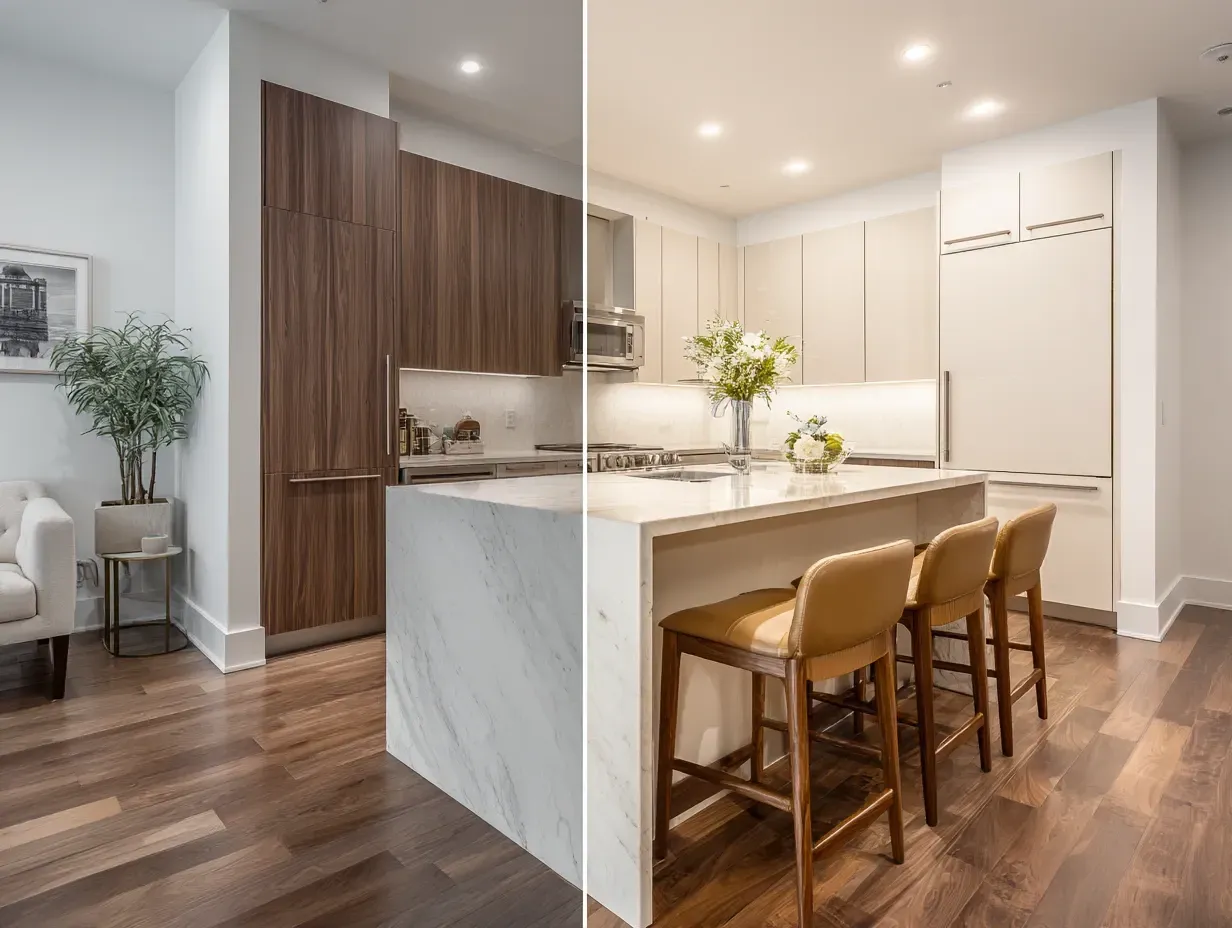
The Science of Reimagining: Embracing the Kitchen Remodel
If a renovation is a facelift, a remodel is a complete restructuring of the kitchen’s DNA. The word "remodel" means to change the form or structure of something.
This is a far more intensive, complex, and transformative undertaking. A kitchen remodel doesn’t just update the look; it fundamentally changes how the space is used, how it flows, and how it integrates with the rest of your home. It involves taking the kitchen down to the studs and rebuilding it from the ground up based on an entirely new design.
What a Remodel Truly Entails
The absolute, non-negotiable hallmark of a remodel is changing the kitchen’s layout. If you are moving the sink, relocating the stove, or taking down a wall, you are officially in the territory of a remodel. This work goes far beyond the surface and requires altering the core systems of your home.
Projects that define a kitchen remodel include:
- Creating an Open-Concept Space: This is arguably the most popular reason for a kitchen remodel in Vancouver, especially in older homes. It involves removing a non-load-bearing or (more complexly) a load-bearing wall between the kitchen and the dining or living room to create a single, light-filled, and social great room.
- Reconfiguring the Layout: The classic "work triangle" might be inefficient in your current space. A remodel allows you to move the sink, stove, and refrigerator to create a more ergonomic and functional workflow. This could mean moving the sink under a window, placing the stove on a new wall with a statement range hood, or adding a full-sized kitchen island complete with a prep sink and dishwasher.
- Altering the Footprint: A remodel can involve physically expanding the kitchen’s square footage by borrowing space from an adjacent closet, pantry, or even by building a small extension onto the house.
- Complete Systems Overhaul: To accommodate a new layout, a remodel requires licensed electricians and plumbers to run new wires, install new outlets (including dedicated circuits for modern appliances), and move water supply and drain lines. If you're adding a gas range where an electric one used to be, a gas fitter will need to run new lines. All of this work happens "behind the walls" and is the primary driver of a remodel's cost and complexity.
The Remodel Experience in Vancouver
Embarking on a kitchen remodel in Vancouver requires patience, a significant budget, and a team of qualified professionals, including a designer, a general contractor, and their licensed sub-trades.
The process is lengthy and methodical. It begins with professional design and architectural drawings, which are then submitted to the City of Vancouver for permits. This permitting phase alone can take weeks or even months.
Once approved, the disruptive phase of demolition begins, followed by the meticulous work of roughing in the new electrical and plumbing systems.
This work must be inspected and approved by the city before the walls can be closed up with new drywall. Only then can the final installation of flooring, cabinets, countertops, and fixtures begin. A typical remodel can easily take three to six months or longer from start to finish.
The financial investment is also substantially higher. A mid-range remodel in Vancouver starts around $50,000 and can easily exceed $100,000, as a large portion of the budget is allocated to labour, structural work, and the complex coordination of trades.
While the percentage return on investment might be slightly lower than a renovation, the absolute value a remodel adds to your property—and to your quality of life—can be immense, transforming a dated, dysfunctional house into a modern, functional home.

Defining Your Kitchen’s Future: Renovation or Remodel?
Ultimately, the choice comes down to one simple question: Do you like your kitchen’s current layout?
If your answer is yes, but you despise the dated oak cabinets, the cracked tile countertops, and the 1990s appliances, then a renovation is your clear path forward.
You can achieve a breathtaking transformation that will feel like a brand-new kitchen without the immense cost and headache of a full structural overhaul.
If your answer is no—if the kitchen feels cramped and isolated, if the workflow is a daily frustration, or if you dream of a large central island for your family to gather around—then you need a remodel. You are looking to solve fundamental functional problems that no amount of cosmetic updating can fix.
In a city as unique as Vancouver, your choice will also be influenced by your housing type, your long-term plans, and your tolerance for disruption. A renovation offers a powerful, efficient, and financially astute way to increase your home’s value and your enjoyment of it.
A remodel is a deeper, more personal investment in creating a space that is perfectly tailored to your lifestyle for years to come. By understanding the profound difference between these two approaches, you are no longer just planning a project; you are thoughtfully authoring the next chapter for the heart of your home.
Recent Posts
